Hello and welcome again to The Eco Friendly Life. I’m Katrina and today we’ll be following on from Al’s previous discussion on what causes climate change by investigating the effects of climate change on the environment.
Climate change is reshaping our world in significant ways and understanding these impacts is crucial for safeguarding our environment and building a sustainable future. So let’s get started and explore the various ways climate change affects our planet.
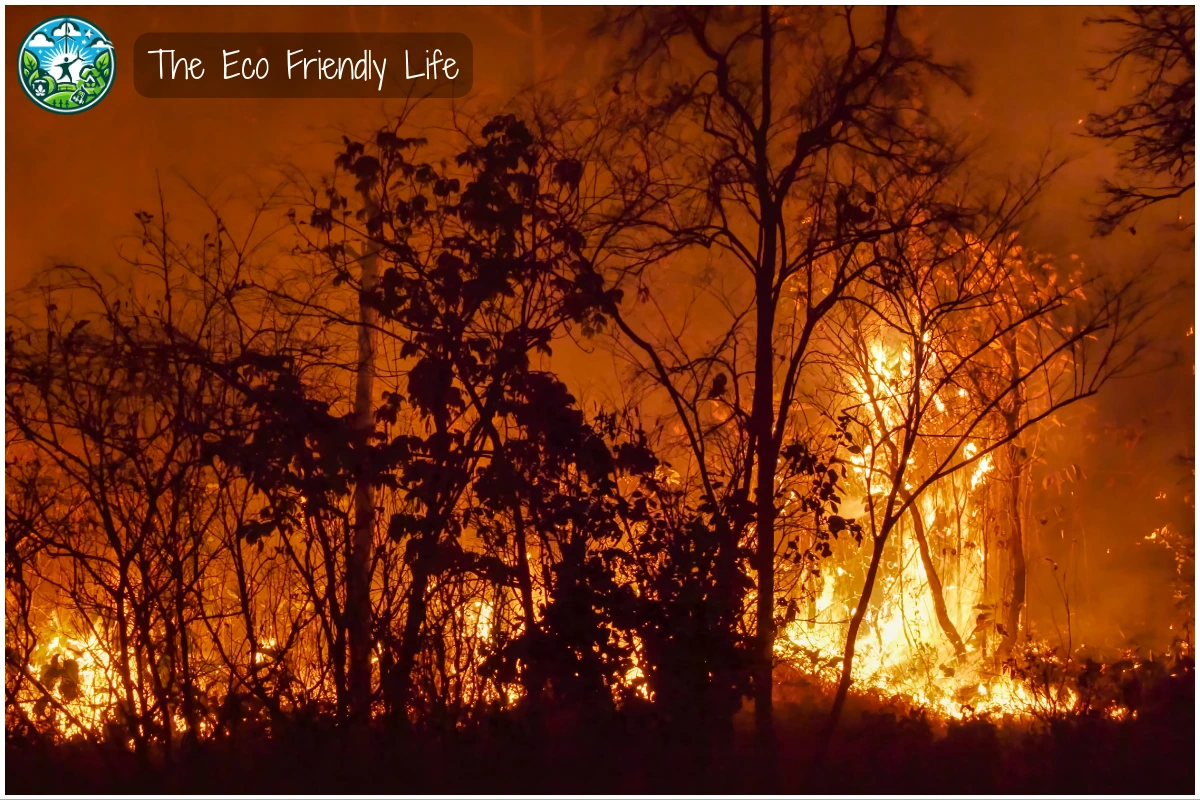
The Stark Reality: Climate Change as an Existential Threat
Rising temperatures: I’m going to lay it out straight – climate change isn’t just a distant threat; it’s an unfolding reality with dire consequences for our planet. With greenhouse gas concentrations pushing global surface temperatures to new heights, we’re facing an existential crisis. It’s disturbing to note that from 2011 to 2020, we’ve sweated through the warmest decade on record. What’s more alarming? Each decade has been consistently warmer than the previous one since the 1980s.
Cascading environmental crises: This pattern of warming isn’t about setting heat records; it’s about the survival of life as we know it. Higher temperatures lead to a domino effect of cascading environmental issues: more frequent heatwaves causing health crises, intensified wildfires, and Arctic temperatures skyrocketing at twice the global rate. With such a trajectory, the question isn’t if but when we’ll encounter catastrophic changes.
Our future hangs in the balance: If you’re wondering about the future, brace yourself. Experts are warning that failure to curb emissions could send temperatures soaring by 4.3 degrees Celsius by the end of this century. This scenario isn’t just scary; it’s apocalyptic, carrying a high risk of sparking widespread wars, spreading diseases, and resulting in ecological systems’ total collapse. Essentially, we’re at a crossroads where timely and decisive action is our only hope to divert disaster.
Climate tipping points: We often hear about tipping points in the climate narrative, but what does that mean for us? Think of them as nature’s point of no return – thresholds that, once crossed, could lead to irreversible changes. Avoiding these tipping points demands a drastic transformation in our carbon footprint, and trust me, this isn’t hyperbole. It’s a scientific consensus shouting for attention and immediate response.
As we peel back the layers of climate change’s impact on the environment, we transition into examining its tangible elements. The next section, ‘Visible Scars: Assessing the Current Environmental Impact,’ highlights the already evident damage our ecosystem is enduring. From rampant wildfires to melting polar ice, I will guide you through the present-day manifestations of this anomaly we call climate change, strengthening the case for urgent action.
Visible Scars: Assessing the Current Environmental Impact
A present-day crisis: You’re going to find out about how climate change isn’t a distant threat looming on the horizon; it’s a present reality etching visible scars on our environment. Think about those record-breaking natural disasters you’ve been hearing about in the news. From devastating heatwaves scorching entire regions to hurricanes tearing through communities with unprecedented fury, these extreme weather incidents are becoming the norm, not the exception. Imagine cities submerged under water from floods thought to occur once in a century – these are now becoming eerily commonplace.
Wildfires and melting ice caps: Wildfires are another disaster that’s growing in frequency and ferocity. Towns and forests globally are not just being scorched, but incinerated, year after year. The images of charred landscapes you’ve seen on social media are stark reminders that our climate is out of whack. Now let’s turn our attention to the poles – the melting ice caps in the Arctic and the vanishing glaciers worldwide are not just stunning phenomena for documentaries. They’re significant contributors to rising sea levels, which have broad and dire implications for coastal communities worldwide.
Oceans in crisis: We also need to talk about the hidden crisis beneath the waves – our oceans. These vast bodies of water have been absorbing most of the heat from global warming, causing marine heatwaves that disrupt the delicate balance of marine life. But the warming is just part of the story. Oceans are also becoming more acidic as they absorb carbon dioxide, which poses a grave threat to ocean biodiversity, especially the coral reefs. When you look at the recent erratic weather patterns – the unseasonal storms, the unpredictable rains – it becomes clear that these aren’t random occurrences. They are warning signals that climate change is impacting our environment right now.
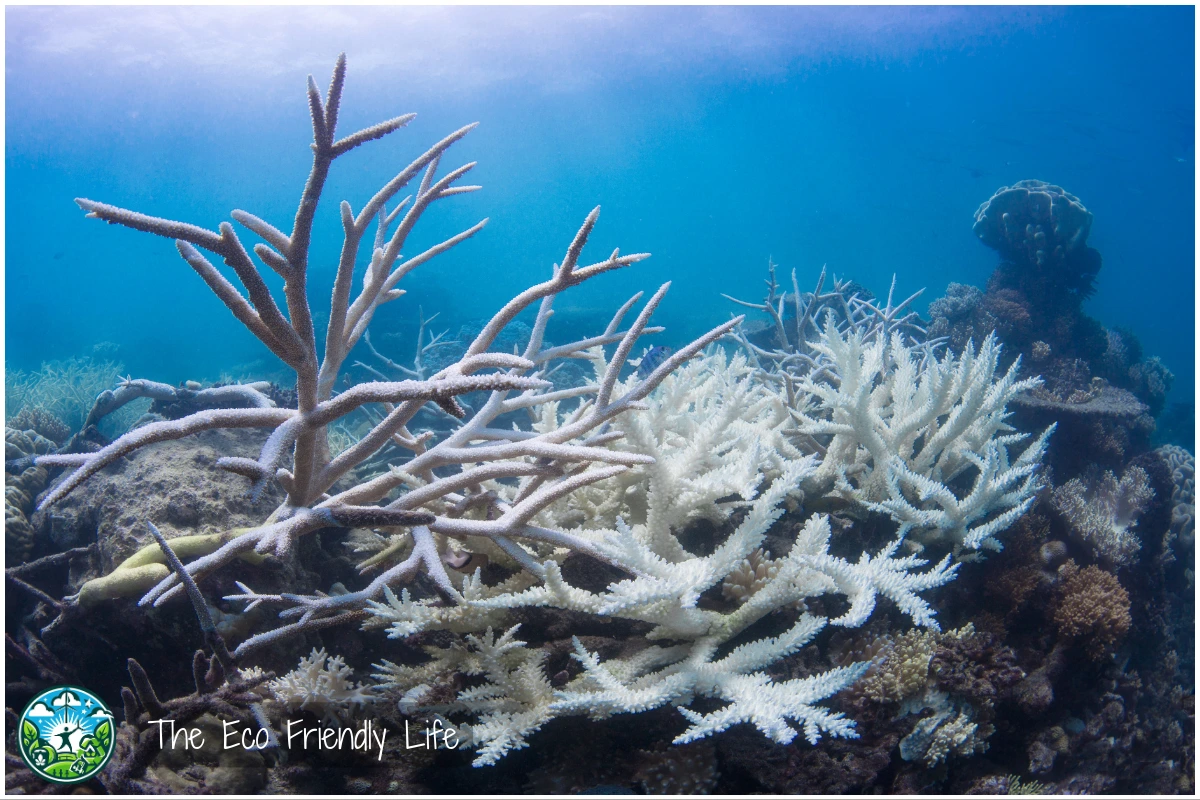
I’m here to help you understand that what we’re witnessing isn’t normal; it’s the result of a climate system that’s being pushed to its limits. So it’s crucial, now more than ever, to recognize the current state of our planet as we gear up for what needs to be done. This is about connecting the dots between our actions and the environmental shifts we’re experiencing, and why this understanding is the first step toward protecting those who are most vulnerable to these changes.
Where It Hits Hardest: The Plight of Vulnerable Populations
Hardest hit are the vulnerable: I’m going to paint a picture of the stark reality that confronts the most vulnerable among us in the face of climate change. It’s a disturbing image, where the poorest countries bear the brunt of environmental devastation. Low-income communities around the world, are experiencing the harshest consequences of a warming planet. And the irony? These communities contribute the least to greenhouse gas emissions, yet, they stand on the front lines of climate-induced hardship.
Beyond the environment: Don’t think for a minute that this is just about the environment. It’s also about fairness and justice. Understanding climate justice involves recognizing that combating climate change isn’t solely an environmental issue but a profound humanitarian concern. This concept calls for us to fight not only against rising global temperatures but against the rising tide of inequality that often accompanies it. As we study the impacts, we observe the widening socio-economic gap, with the affluent often able to cushion themselves against climate extremes, while the poor are left to face the overwhelming surge of its effects.
Reality for the marginalized: In my opinion, when we talk about climate change, it’s essential to discuss the lived experiences of those in marginalized communities. Imagine constantly facing extreme heat without access to cooling, or floods washing away the little you have, and you’ll begin to grasp the dire circumstances many live under. Additionally, these communities, which historically have less social and political clout, find their voices less heard in the climate conversation, further exacerbating the issue.
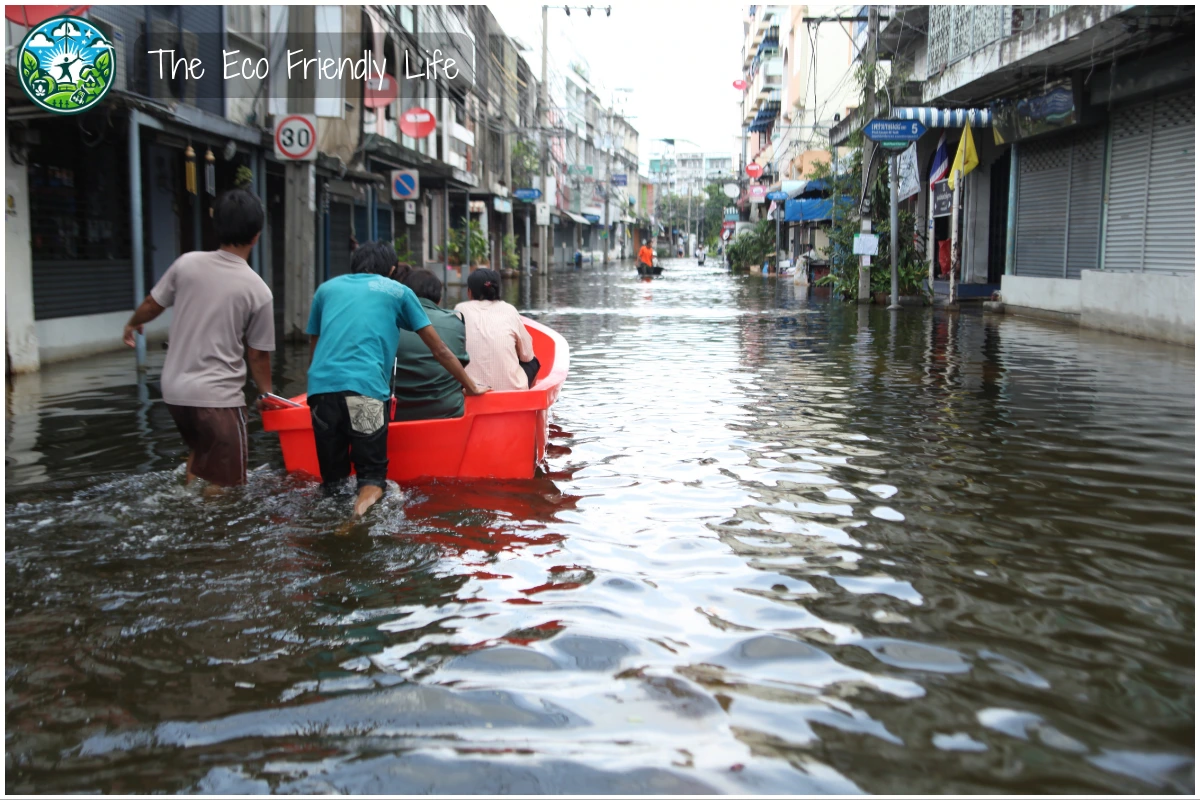
With these inequities in mind, we move into the conversation about the human cost of climate change. In the following section we’re going to delve into the direct impact climate change has on individual lives. From health risks associated with increased disease prevalence and heat stress to the food shortages threatening to deepen poverty, the narrative is a distressing one. And we must not overlook the mental toll that climate uncertainty takes on populations, especially the youth, nor the displacement that so many face due to the increasingly inhospitable land and water scarcity.
The Human Cost: Health Risks, Food Security, and Displacement
The human toll: When we talk about climate change, we often fixate on the environmental implications, yet its most profound impacts are on humanity itself. Elevated temperatures aren’t merely about more sweltering days; they entail far-reaching health implications. Heat-related illnesses are climbing, with vulnerable populations, such as outdoor workers, the elderly, and individuals with preexisting conditions, facing the brunt. The World Health Organization (WHO) has predicted an additional 250,000 deaths annually from 2030-2050 due to climate-related health issues.
Climate change and food security: Shift beyond personal health, and you’ll see that our sustenance is under threat. Severe weather patterns wreak havoc on agriculture, leading to food shortages. Often, it’s the poorer populations, those who have the smallest carbon footprint, who suffer disproportionately from hunger. Essential crops like wheat, rice, and maize are all at risk, which could spell disaster in regions already facing food insecurity.

Toll on mental health: Then there’s the toll on our mental well-being. It is easy to overlook, but climate change significantly affects mental health, particularly among young people who are increasingly anxious about their future on a planet in peril. The term ‘eco-anxiety’ has come into play, symbolizing the mental health epidemic that parallels the ecological one.
The cost of displacement: Amidst these crises, one of the most poignant human stories is that of displacement. Climate change exacerbates resource scarcity, leading to civil unrest, and extreme weather events that force people from their homes. This migration can lead to overcrowded living conditions or even cross-border conflicts, as communities and nations grapple with a surge in climate refugees.
These human costs necessitate a response that extends far beyond environmental policy. They call for a multi-faceted approach that considers health, food security, psychological well-being, and the right to safe and stable housing. Addressing climate change is not just about saving the planet; it’s fundamentally about preserving our humanity.
Charting the Course: Urgent Action and Intersectional Solutions
This is urgent now: As we face the monumental task of addressing climate change, it’s crucial to remember that this isn’t a challenge for tomorrow; it’s the challenge of our time. The signs are clear, the science is unequivocal, and the potential costs are staggering; but so too is the scope for innovation and the potential for equitable progress.
Action and reconnection: Immediate and decisive action is the only path forward. We must rally behind the push to drastically reduce carbon emissions and break our addiction to fossil fuels. But, as we’ve seen, tackling climate change is more than a simple switch to renewable energy; it’s about rethinking our connection to the earth and to each other.
Solutions with purpose: Solutions must be as varied and comprehensive as the challenges they aim to address. Investment in clean energy and sustainable practices is imperative. Embracing Indigenous practices and wisdom can teach us much about living in harmony with nature. And in the transition to a green economy, no one should be left behind.
Social justice integration: This challenge requires an intersectional approach. We’re not just fighting to save our planet; we’re fighting for the health of our communities, for justice in our social systems, and for the economic well-being of all. Climate action should be woven into the very fabric of how we address poverty, racism, and gender inequality.
Visualizing the Impact: Graphical Evidence of Climate Change Effects
Understanding the impact of climate change requires more than just reading about it—it necessitates seeing the data that illustrates this global phenomenon. In this section, we present a series of graphs that map the progression of climate change over time.
I invite you to take a look at the data of five key measures, and how they clearly demonstrate the effects of climate change. Click on each graphical image below to open the full interactive version and explore the many features of each graph.
Global Monthly Temperature Anomalies 1940 to 2024
This graph from Our World in Data illustrates the monthly temperature anomalies from 1940 to the present, showing deviations from the long-term average temperatures, highlighting trends in global warming over time.
Credit: Copernicus Climate Change Service (2019) – with major processing by Our World in Data. “Monthly temperature anomalies” [dataset]. Copernicus Climate Change Service, “ERA5 monthly averaged data on single levels from 1940 to present 2” [original data]. Retrieved May 19, 2024 from https://ourworldindata.org/grapher/monthly-temperature-anomalies
Carbon Dioxide Concentrations in the Atmosphere
This graph from Our World in Data displays the long-term concentration of atmospheric CO2 from 800,000 BCE to the present, highlighting the dramatic increase in CO2 levels since the industrial revolution.
NOAA Global Monitoring Laboratory – Trends in Atmospheric Carbon Dioxide (2024); EPA based on various sources (2022) – with major processing by Our World in Data. “Carbon dioxide concentrations in the atmosphere” [dataset]. NOAA Global Monitoring Laboratory, “Trends in Atmospheric Carbon Dioxide”; United States Environmental Protection Agency, “Climate Change Indicators: Atmospheric Concentrations of Greenhouse Gases” [original data]. Retrieved May 19, 2024 from https://ourworldindata.org/grapher/co2-long-term-concentration
Ice Sheet Mass Balance
This graph from Our World in Data illustrates the ice sheet mass balance of Greenland and Antarctica from 2002 to the present, showing the changes in ice mass over time and highlighting the ongoing loss of ice due to climate change.
EPA based on various sources (2021) – with major processing by Our World in Data. “Ice sheet mass balance – NASA/JPL” [dataset]. United States Environmental Protection Agency, “Climate Change Indicators: Ice Sheets” [original data]. Retrieved May 19, 2024 from https://ourworldindata.org/grapher/ice-sheet-mass-balance
Sea level Rise from 1990 to 2024
This graph illustrates the variation in global sea height from 1993 to the present, showing a clear trend of rising sea levels over time. This increase in sea height is primarily attributed to the effects of climate change, including the melting of polar ice caps and the thermal expansion of seawater as it warms.
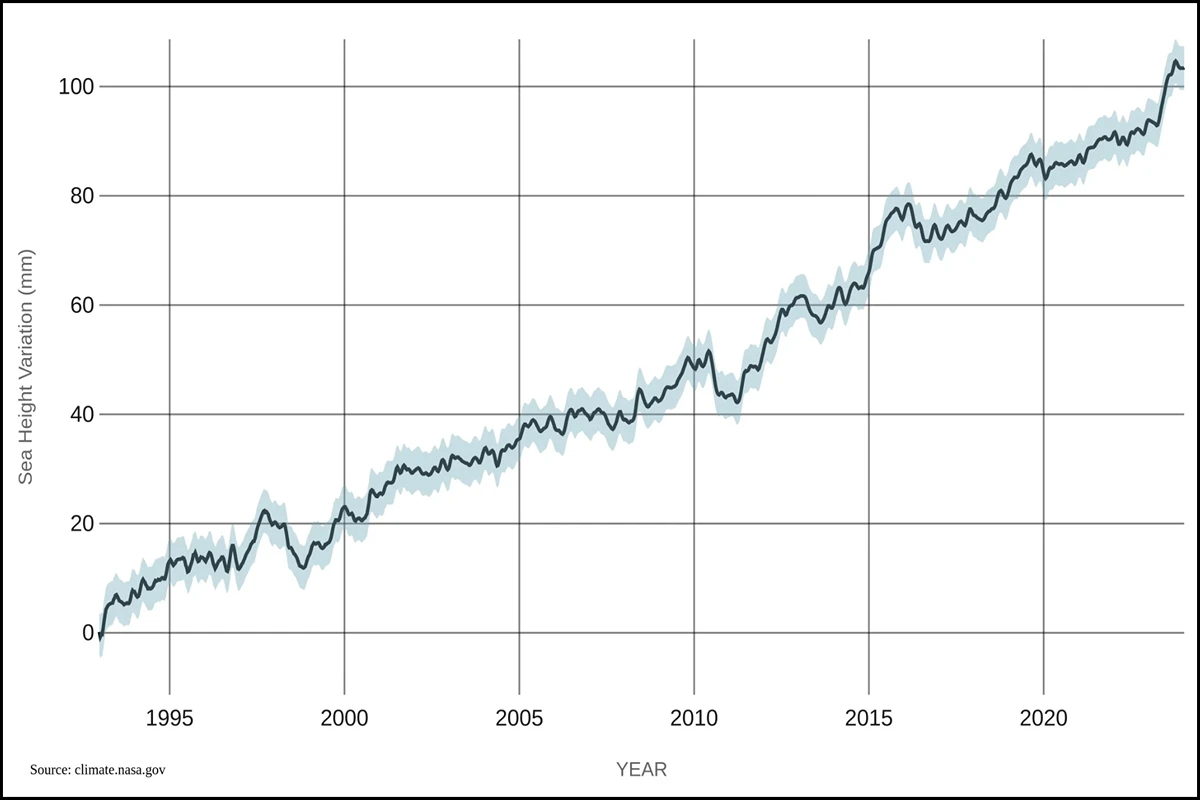
Number of Recorded Natural Disaster Events
This graph from Our World in Data shows the number of natural disaster events globally from 1900 to the present, highlighting a significant increase in the frequency of these events over time. This rise is linked to various factors, including climate change, which intensifies extreme weather conditions and increases the likelihood of natural disasters.
EM-DAT, CRED / UCLouvain (2024) – with major processing by Our World in Data. “Number of recorded natural disaster events – EM-DAT” [dataset]. EM-DAT, CRED / UCLouvain, “Natural disasters” [original data]. Retrieved May 19, 2024 from https://ourworldindata.org/grapher/number-of-natural-disaster-events
The evidence presented here paints a clear and compelling picture of the impact human activities have on our climate. The data unequivocally shows a sharp increase in global temperatures and greenhouse gas concentrations, correlating closely with industrialization and fossil fuel consumption in the timescale. By visualizing these trends, we can gain a deeper understanding of the urgent need for climate action.
Conclusion
In conclusion, the impact of climate change on the environment is profound and multifaceted, affecting every corner of the globe. From rising temperatures and melting ice caps to extreme weather events and shifting ecosystems, the evidence is clear and compelling. As human activities continue to drive these changes, the urgency for action becomes more critical.
Mitigating the effects of climate change requires a concerted effort from individuals, communities, and governments worldwide. By transitioning to renewable energy sources, enhancing energy efficiency, and adopting sustainable practices, we can work towards a future where our environment not only survives but thrives.
The time for debate has passed. Now is the time for bold and collective action. Let’s look beyond the horizon and imagine a future where our proactive response to climate change creates a world that not only survives but thrives, a legacy future generations will be grateful for.


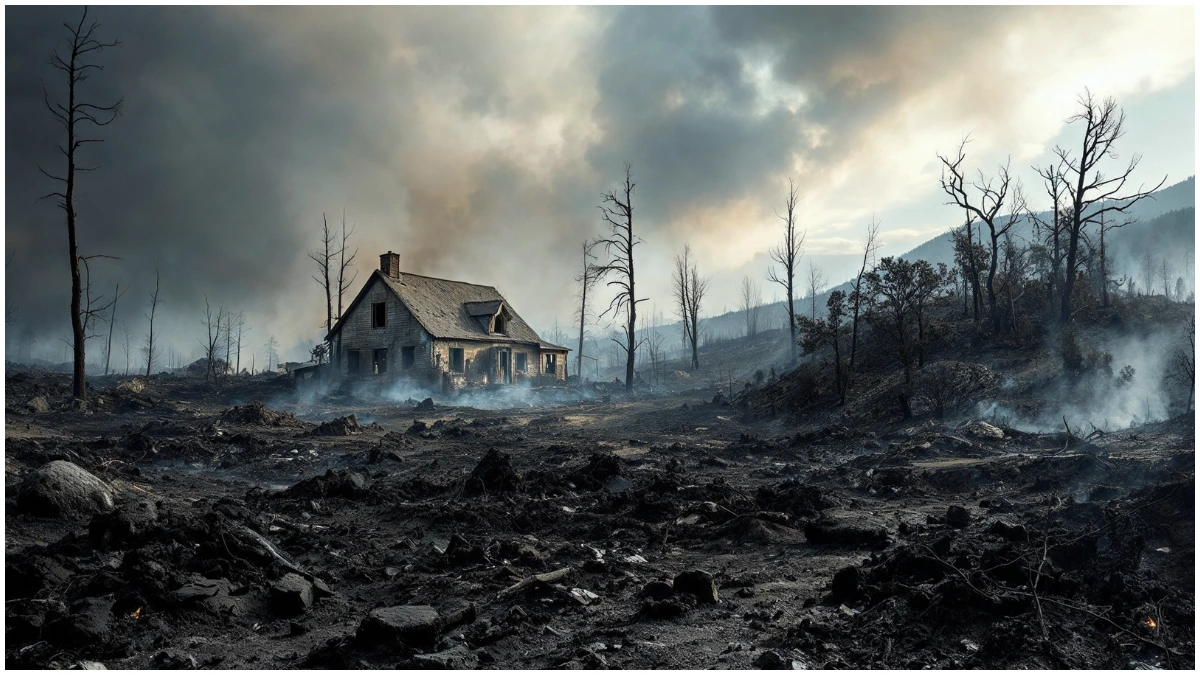
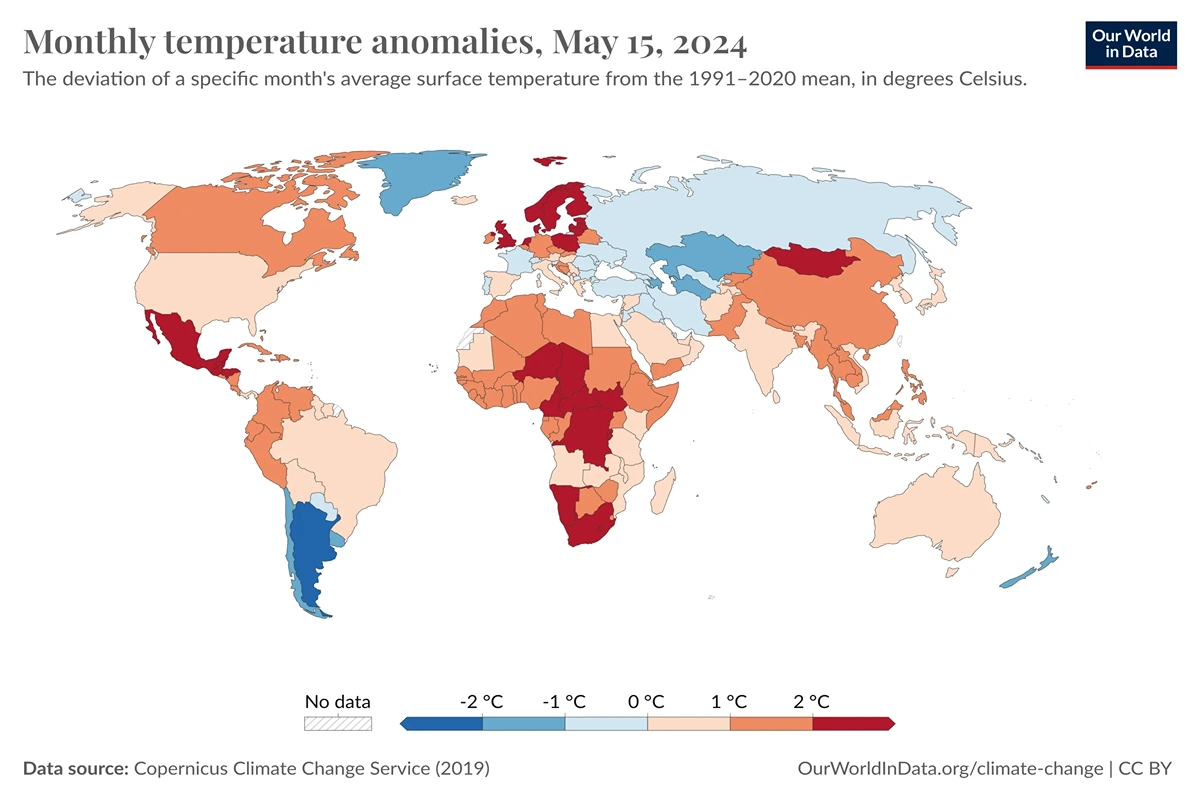
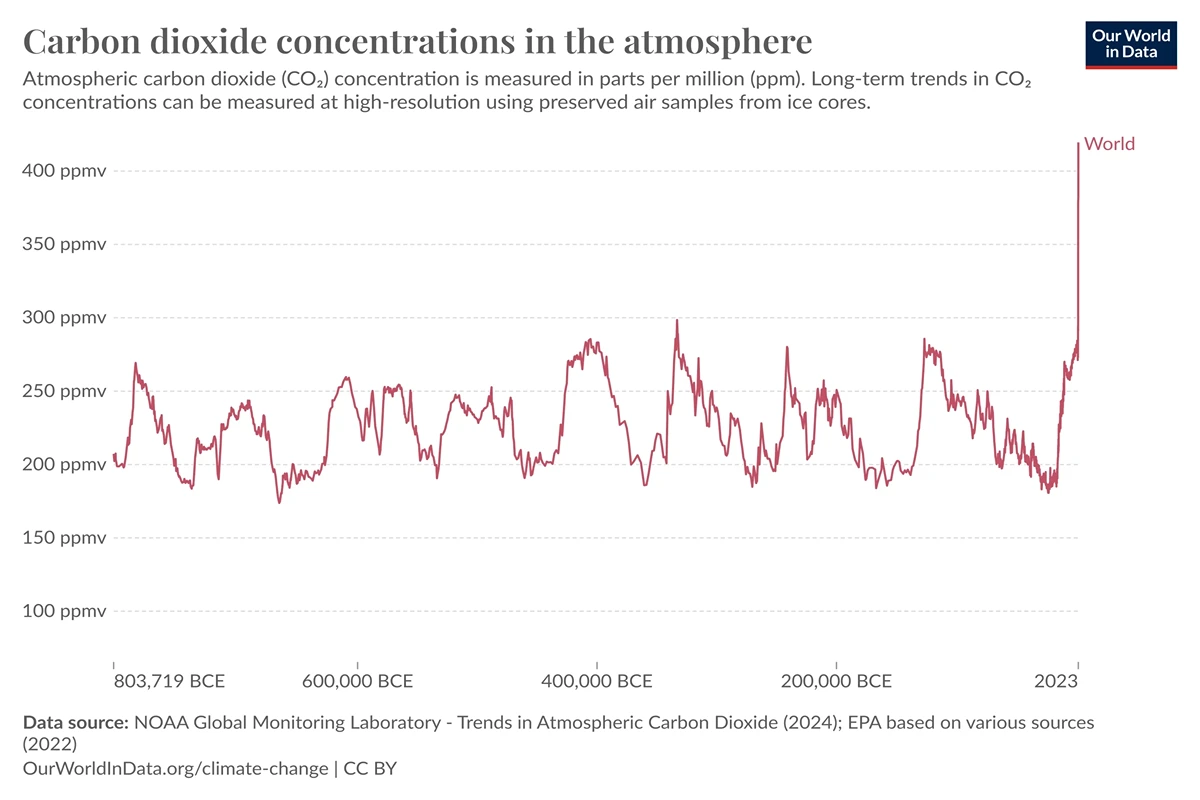
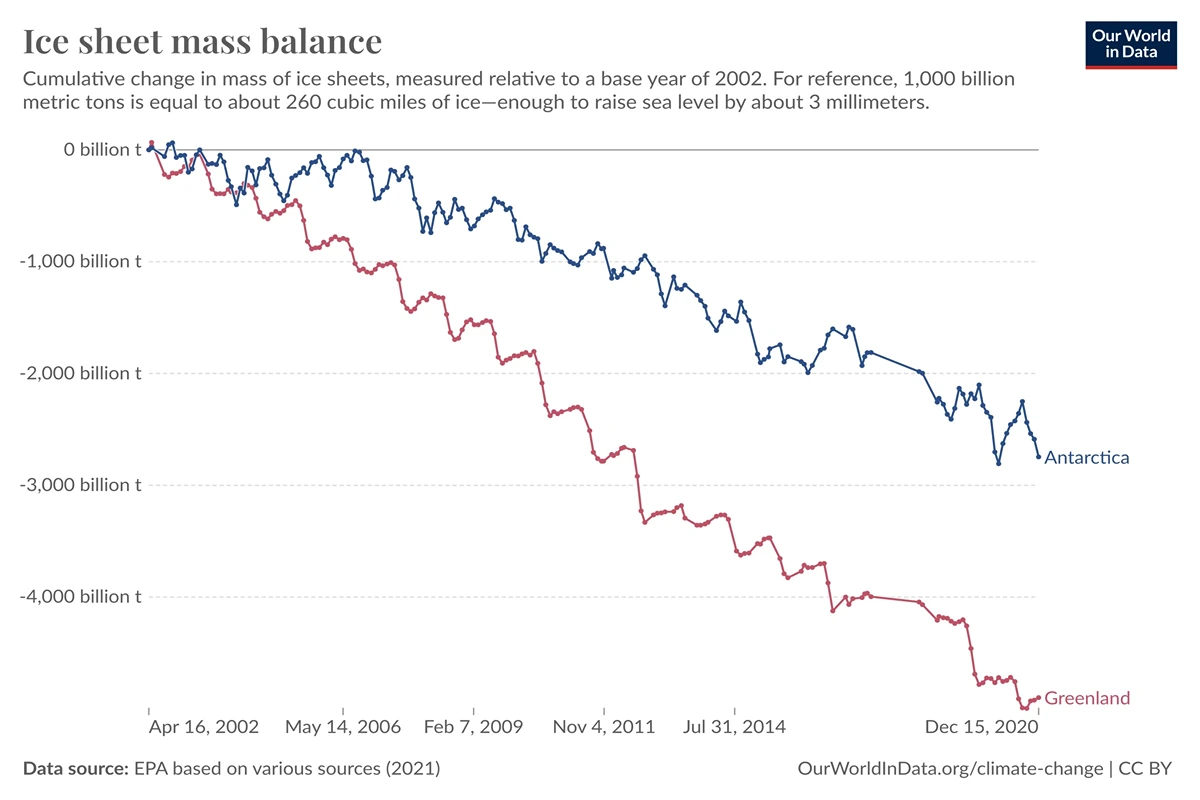
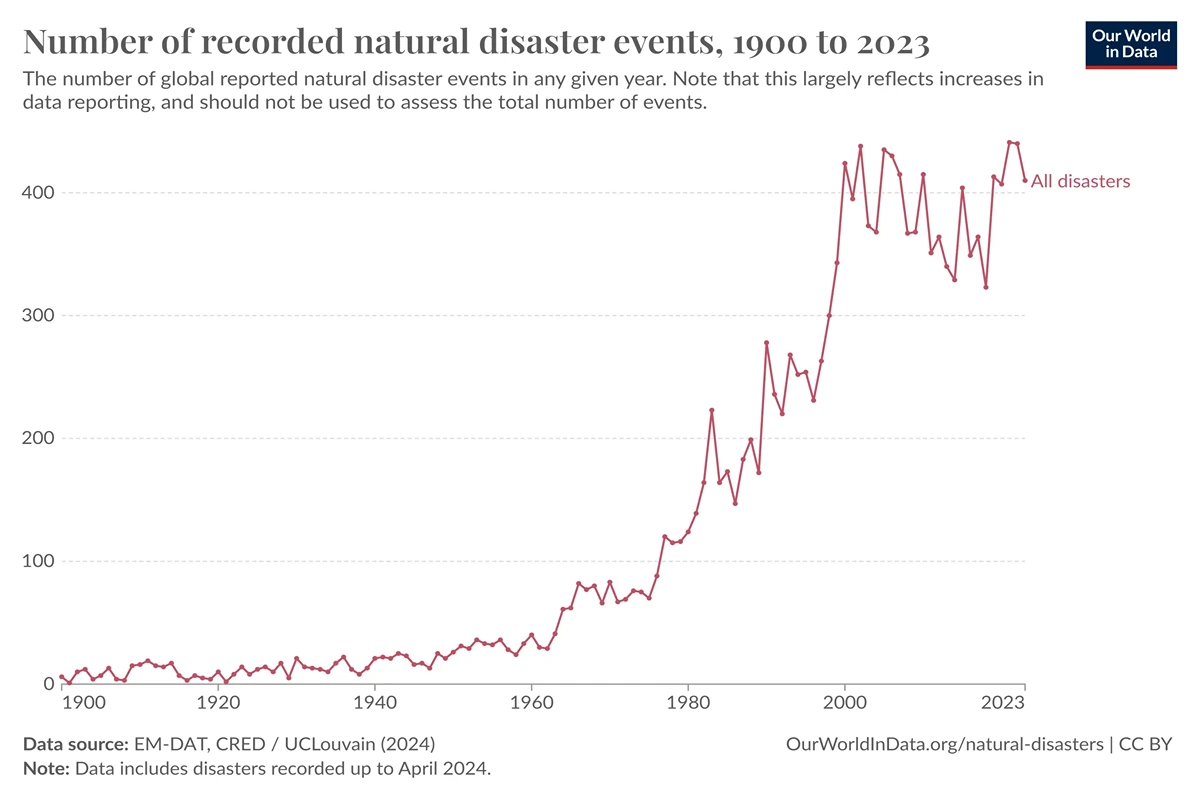
Hello.People tend to ignore climate change just because it’s seen as something that isn’t really their problem. Even though it is. It just isn’t affecting them at this time. But it’s affecting many other people at this time. And eventually it’ll affect everybody. Won’t that be fun. But I think humanity is on the right track to fixing this.
Hey Jake,
Welcome back and thanks for leaving another comment on the site. I think you’re absolutely right that climate change can often feel distant to those not immediately affected. It’s a global issue that impacts different regions in varied ways, and its effects will increasingly touch all of us over time.
Awareness and action are growing, and it’s encouraging to see more individuals and communities taking steps to address climate change. From adopting renewable energy sources to reducing waste and conserving water, every effort contributes to a larger, collective impact.
Your optimism is nice to hear—while the challenge is significant, the progress we’ve seen in sustainable practices and technologies gives hope that we can make meaningful changes. It’s crucial that we continue to educate and inspire action, ensuring that everyone understands their role in protecting our planet.
Thanks again for your comment and for being part of the conversation!